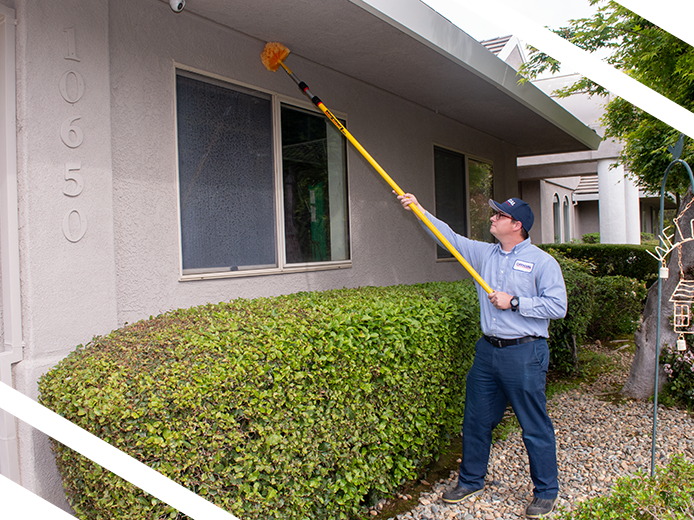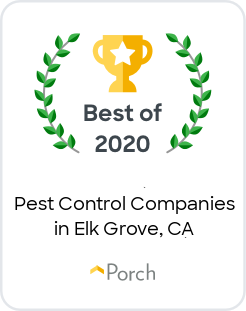More than one reason to hate BUGS!
Most people I know dislike bugs and crawling or flying pest or insect of any size. Some can leave a bite that stings or itches, others want to share our living spaces and our food or even our blood. Fear of insects actually rank just behind fear heights and public speaking. The sight of a spider or roach moving across the floor can cause near panic for some. The truth is that some insects do pose a real threat.
Termites cause over $5 billion in damage to homes every year, dangerous diseases like malaria, Lyme disease and West Nile are transmitted to humans by mosquitoes and other pests. It is wise to be proactive when it comes to pest management; prevent termites, roaches, rats and ants to become a problem in your home or business. Pest control companies offer information on how to prevent pests and insects to enter your home as well as assisting in getting rid of any that are there. Each situation is unique and an experienced pest control technician will investigate and determine a plan of action. Protect your home or business with the help from a professional pest control company.



